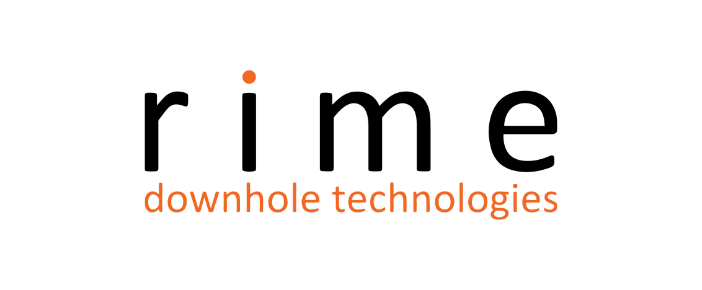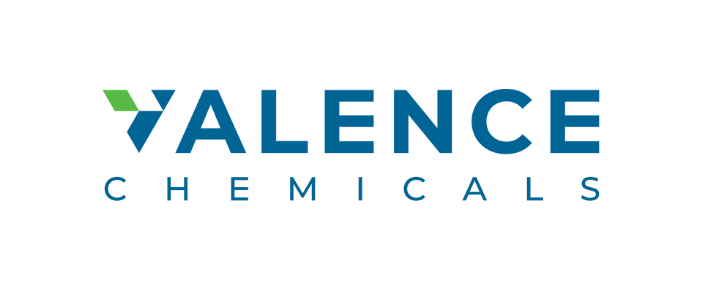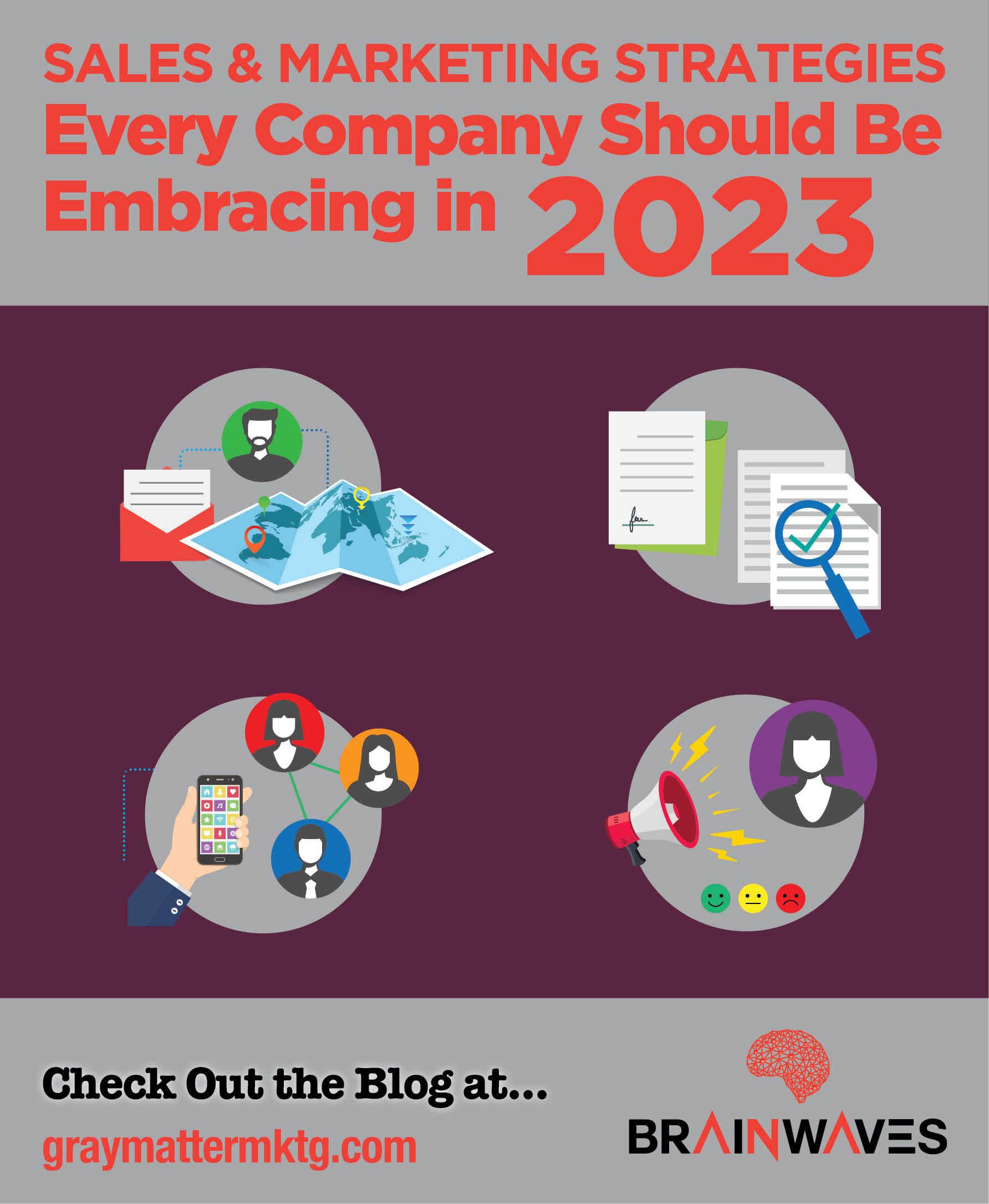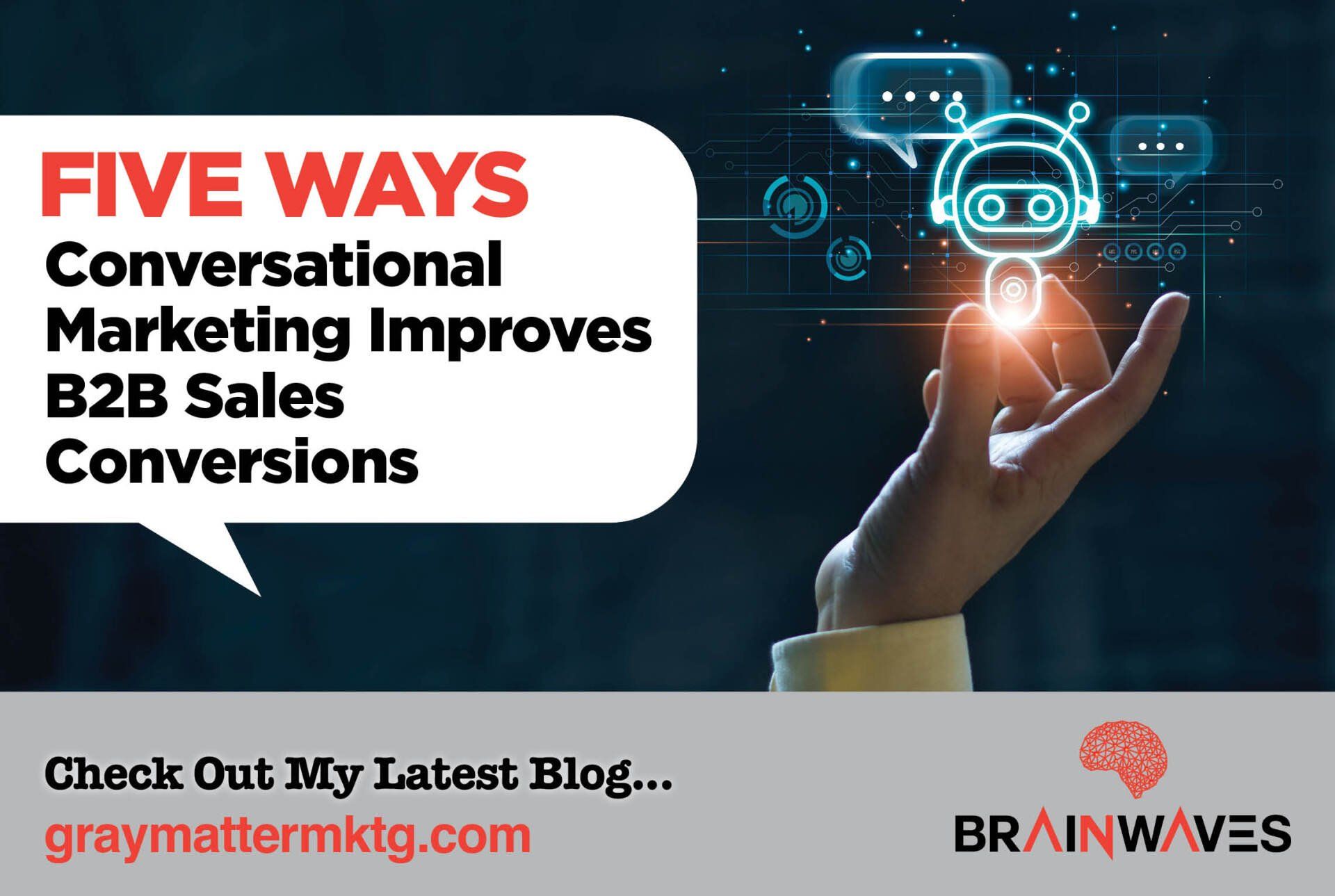19 Jan, 2023
Marketing is a dynamic field where businesses must continuously adjust to keep in touch with their audiences. Falling too far behind can easily result in the demise of a once-popular brand, as competitors move ahead. Trends are often a result of emerging tools and technologies, but they can also arise from unforeseen circumstances such as the COVID-19 pandemic. It can be difficult for a business to effectively keep up with all these new marketing trends, but they can test most of them before deciding which are likely to deliver the highest ROI. Check out the below sales and marketing trends to watch out for in 2023. Greater Synergy with Internal Departments The most significant advantage to creating synergies between sales and marketing is the ability to get a clearer picture of customers. Marketing teams can research customer hobbies, interests, and demographics, which can then be shared with Sales. Sales teams can also provide vital information on their current and potential audiences to Marketing while validating the data that the marketing teams develop. Creating clear information pipelines between these two departments (as well as others within an organization) will go a long way to grow revenue and improve internal respect and morale. This might even contribute to the difference in market share movement in 2023. Short-Form Video Marketing Short-form video content has taken the marketing world by storm, mainly because it resonates with today’s shorter attention spans. TikTok remained the most downloaded app on the Google App Store for the second year. Platforms, such as Twitter, have also introduced a feature akin to Instagram Reels and YouTube Shorts. More brands will integrate short-form videos into their content strategies for 2023, for both B2C and B2B marketing. However, this content doesn't eliminate the need or even the power of longer videos and live-streamed content. Brands will still look to create live-streamed events because of the higher engagement levels they draw. Long-form videos deliver more profound insights into product features or other matters. SEO Strategy Search engine optimization (SEO) remains an essential ingredient in the marketing strategy mix. SEO is no longer just about simple-to-write content for Google Snippets. Companies are investing in experts to help them understand search insight reports. Brands should take any opportunity to optimize their content and ensure that you're titling YouTube videos, TikTok hashtags, and much more correctly. Mobile Optimization The fact that more than half of all web traffic today is via mobile devices is not just a mere statistic. It means that developers must build their websites and apps with a mobile-first mindset. Websites need to be responsive to offer a seamless experience regardless of the device used to browse. Businesses that are still relying on old and unresponsive websites run the risk of losing customers because of the poor experience. Continued Use of Influencer Marketing The use of influencer marketing is not new. However, those already investing in influencer marketing indicate they will continue doing so. In addition, there is an increased focus on working with micro-influencers. These are not A-list celebrities but typically have a community of thousands of followers with whom they highly engaged and are well-trusted. Working with these influencers can increase the brand's visibility, awareness, and sales. Micro-influencers also sometimes focus on one or two niches, such as travel or fitness. Working with several micro-influencers is sometimes more effective than relying on one major celebrity. User-Generated Content An often effective but underutilized strategy is user-generated content, which can create more trust than what’s coming directly from a brand. In 2023, companies can take advantage of unboxing videos, branded hashtags, and other reviews to increase their mentions, visibility, and trust in the user community. User-generated content is also not expensive to create and helps a brand appear authentic. Experiential Marketing After taking a forced break because of COVID-19, brands are back to creating experiential marketing events. These events give an immersive experience to users either physically or using AR/VR gear. The great thing about such events is that they can be scaled according to a brand’s budget, meaning that even smaller companies can still create events for tens of customers. When this content is shared across social media, it is a powerful way to introduce new products, new features, or iterations of a product. Native Ads Native ads look and feel natural within the platform in which they are shared. On a platform such as Twitter, a native ad will appear just as any organic tweet on the user’s timeline. Native ads can be contrasted with banner ads on websites or advertisements that play before a YouTube video starts. Users are more likely to look at native ads because they do not feel that it’s intrusive or disruptive to their experience on the platform. Due to the higher ROI, we expect that native ads will become more popular, and more dollars will be invested here over other forms of paid advertising. Conversational Marketing Brands will continue to make use of conversational marketing as another way to interact with customers on their websites. Traditionally, brands would use lead forms to capture information from website visitors who were interested in their products or services. With this asynchronous form of communication, possible leads could wait for days for someone from the company to call them back or send an email. Conversation marketing leverages AI chatbots to engage customers in real time while they are still on the website. With natural language processing, it’s possible to understand what website visitors are interested in, answer their questions, and even make product recommendations. Real-time conversations are more likely to result in a conversion than back-and-forth email communication. In 2023, more companies are set to integrate this form of customer engagement on their websites and mobile applications. Blogs and Case Studies Will Still Be Around Just because video content is the newest thing doesn’t mean that other forms of content will disappear. Blogging is still a great way to keep audiences engaged and develop new leads. Blogs provide a way to create keyword-optimized content to improve website discoverability through search engines. Blogging remains a sound long-term strategy to position a company as an authority in a particular space. Case studies detail how a company’s product solved a client’s problem. They are great because they explain how the company approaches clients’ issues and customizes solutions to fit the case at hand. Decision-makers often rely on case studies when deciding whether to entrust a company with a significant assignment. Companies can also use case studies to explain the impact of work they could be/are doing in the community as part of their social responsibility campaign. Case studies can be used to justify these continued investments and help shareholders agree with the board’s decisions on community involvement projects. You can always repurpose blogs and case studies into easier-to-consume forms such as infographics, which can be shared across multiple platforms, with links to the longer form content to generate increased traffic. Designing Sales and Marketing Strategies Over the coming months, there will be dozens of sales and marketing trends. What’s important is for companies to develop a coherent strategy with tactics to actualize it. With social media, companies should pick perhaps four or five platforms to share content and engage with customers. It’s worth noting that customers see social media platforms as stronger avenues to access customer care services. Therefore, if a company commits to using a communication platform, they should deploy enough well-trained resources to serve the customer-base efficiently. Gray Matter Marketing is a full-service marketing, branding, and events management company. We help craft and implement marketing and sales strategies for clients and deliver messages authentically, using different avenues for communication. Reach out to us for a conversation on your sales and marketing strategy for 2023.













































